
Small Synagogue in Płock
Płock, PL
The Small Synagogue in Płock is an Ashkenazi synagogue completed in 1810. The synagogue was recently restored in 2011-2013. This brick building now serves as a museum.
Here you can search for a building to visit. You can use the map find destinations, or you can use the filters to search for a building based upon what different criteria.

Płock, PL
The Small Synagogue in Płock is an Ashkenazi synagogue completed in 1810. The synagogue was recently restored in 2011-2013. This brick building now serves as a museum.
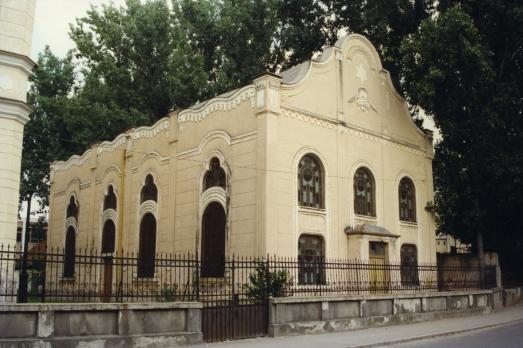
Satu Mare, RO
The Small (Shaarei Tora) Synagogue in Satu Mare is an Ashkenazi synagogue built in 1927. This Neo-Baroque brick building still serves as a synagogue.
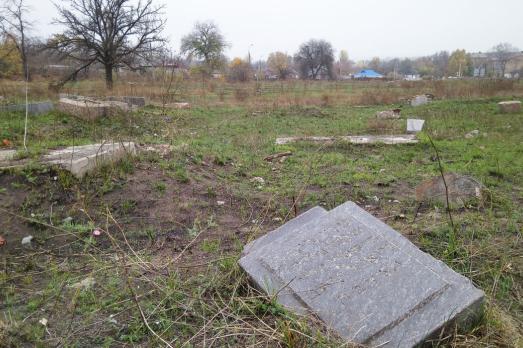
Smila, UA
The exact period of the cemetery’s establishment is unknown. It appears on an old Russian maps since 1860s so it can be assumed that the cemetery emerged in the mid 19th century. The oldest preserved matzevah among existing found relates to the late 19th century.

St Petersburg, RU
Smolny Convent or Smolny Convent of the Resurrection, located on Ploschad Rastrelli, on the bank of the River Neva in Saint Petersburg, Russia, consists of a cathedral (sobor) and a complex of buildings surrounding it, originally intended for a convent. Smolny Cathedral was originally intended to be the central church of a monastery to house the daughter of Peter the Great, Elizabeth, after she was disallowed to take the throne and opted instead to become a nun. However, as soon as her Imperial predecessor was overthrown during a coup, carried out by the royal guards, Elizabeth decided to forget the whole idea of monastic life and accepted the offer of the Russian throne.
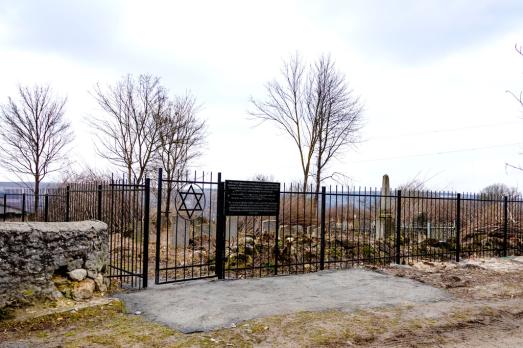
Smotrych, UA
The exact period of the cemetery’s establishment is unknown. According to the dates on the preserved gravestones, it can be assumed that the cemetery emerged in the early 18th century. First, the place was marked on a Russian map of 1900.
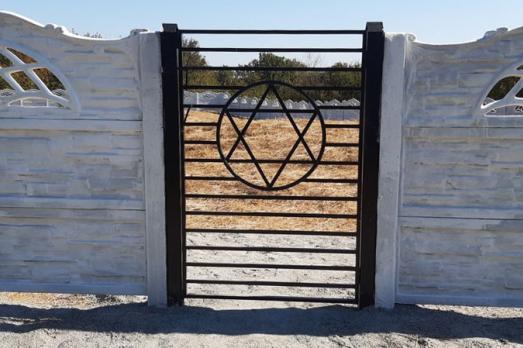
Smyrnove, UA
The exact period of the cemetery’s establishment is unknown. Given that the oldest preserved tombstone dates to the late 19th century, it can be gathered the cemetery was founded in that era. It cannot be found marked on old maps of the region.

Modum, NO
The Snarum church is a long church dating from 1869. The architect of the church was Georg Andreas Bull. The first church on the site was a Stave church dating from the Middle Ages. It was replaced by a wooden church in 1702 before the present brick church was built in 1869.
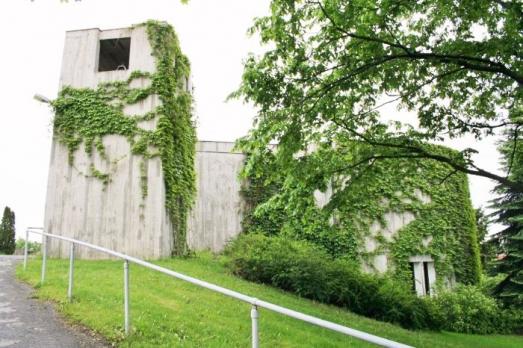
Bærum, NO
Snarøya Church is an active church, completed in 1968. The building is made of concrete and was designed by architects Odd Østbye and Harald Hille. The project was awarded the Betongtavlen ("The Concrete Tablet") architecture prize in 1985.
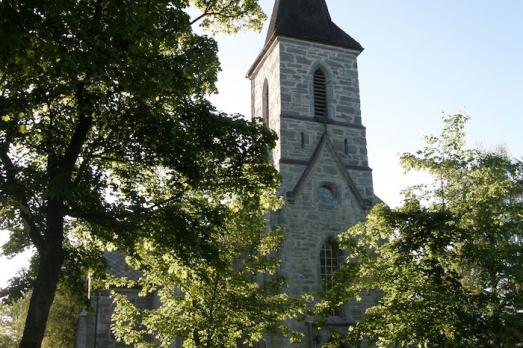
Snåsa, NO
Snåsa Church is a stone church in Romanesque style, believed to have been built around 1200. The church was extensively rebuilt and enlarged in 1869-70 to become a cruciform church in neo-gothic style. The nave and choir are largely preserved, but the western part of the original nave was demolished, and cross arms and a new nave were built to the west.
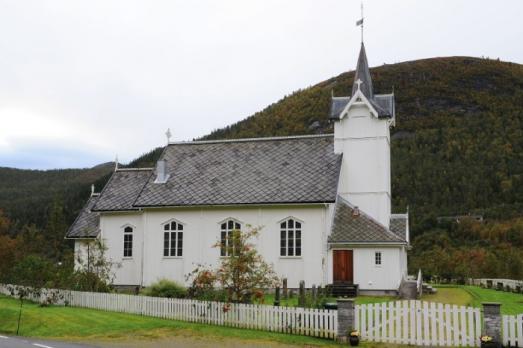
Snillfjord, NO
The Snillfjord church was designed by Ole Falck Ebbell, built in 1899 by builders Ole and Johan Væge and inaugurated on 27 September 1899. The roof of the church was decorated by D. and J. Skibnes in 1956, and the sacristy was added in 1978.

new
Nestled amidst the serene landscapes of the Harz region, lies a hidden gem for nature enthusiasts and history buffs alike - the Harz Monastery Hiking Trail. Lace up your hiking boots and embark on this captivating adventure that will transport you back in time.

The Holy Mile (Miglio Sacro) of Naples is a one-mile-long itinerary, through sacred places linked to the city's patron saint, San Gennaro, in the Rione Sanità district. Discover the city from a new perspective with this unique walking tour.

As a university city, cultural offerings abound in Tartu and will reach their peak after being designated one of three European Capitals of Culture for 2024. In this list, we've compiled the most interesting sacred places to visit in and around the old town.